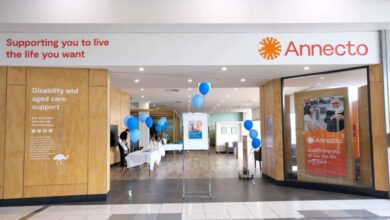Too early to celebrate jump in transplants
It's too early to celebrate Australia's rising organ transplant rate, doctors say, because it is still half that of other countries and this discrepancy is costing lives.
Transplant authorities this week heralded the release of figures showing 2010 was a record year, the improvement coming mid-way though a four-year $151 million overhaul of the vital service.
While welcoming the increase, senior transplant surgeon Deb Verran said it was not keeping pace with a surge in demand and Australia remained an international laggard on organ transplants.
"We have seen a welcome improvement recently in the number of people receiving organs but (it is) much smaller than the increase in the number of people needing transplants," said Verran, who is based at Sydney's Royal Prince Alfred Hospital.
"Not enough people are receiving lifesaving transplants despite more organs being available ... It is an unnecessary and devastating situation for people suffering from organ failure that can be fixed."
Verran is a supporter of ShareLife, a group which is lobbying government to implement a reform package it says represents world's best practice.
Sharelife says the problem is not community opposition to organ donation but bottle-necks within the hospital system, and a lack of training and support for frontline medical staff, that prevents more transplant surgeries being performed.
"If we stay on the current path, Australia will remain at the back of the race to save lives," Verran said.
The Australia and New Zealand Organ Donation Registry (ANZOD) reported there were 309 deceased Australians who donated one or more of their organs during 2010, and this allowed a record 931 people to receive life-saving or changing transplants.
In 2008 there were 259 donors and 846 transplants, followed by a slight dip in 2009 to 247 donors and 799 operations.
On Sharelife's figures, the nation's transplant doctors performed 41.5 lifesaving transplants per million Australians in 2010.
Email: [email protected]




